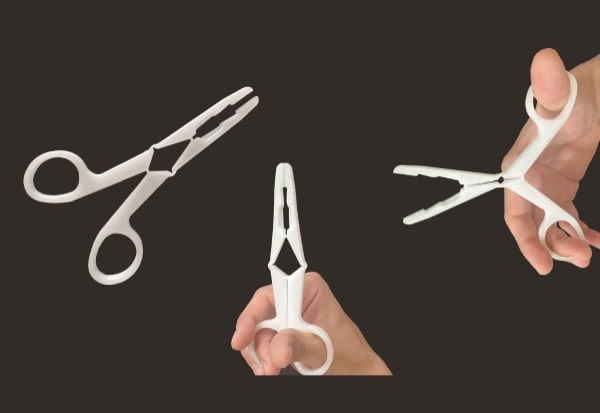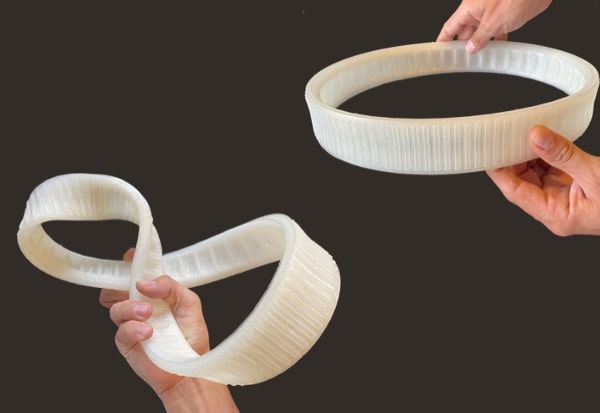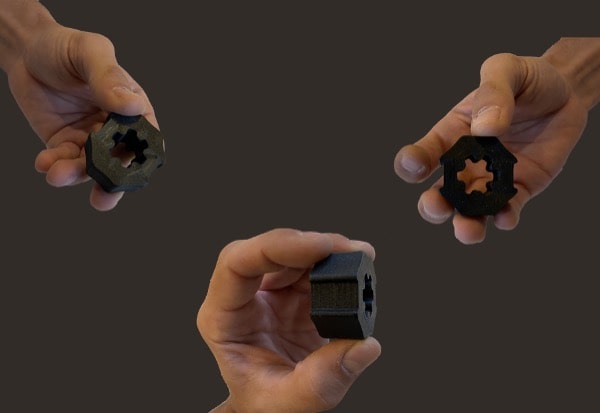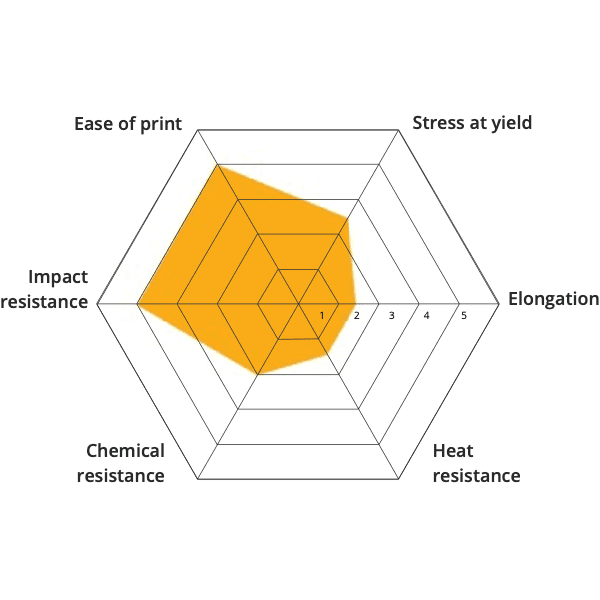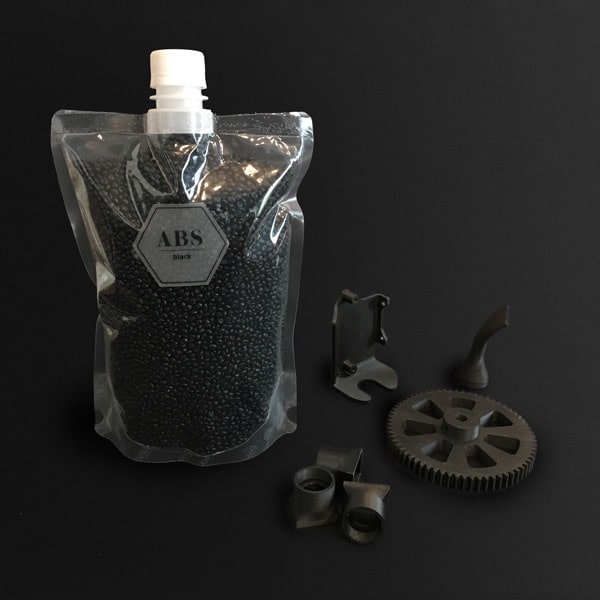
ABS - Acrylonitrile Butadiene Styrene
ABS is resistant to impact and has a very good thermal stability to high or low temperatures. ABS has all the qualities required for 3D printing. It has a good dimensional stability and is ideal for the manufacture of technical components.
Its median viscosity provides a good performance during its implementation.
Main 3D printing parameters
| Advised nozzles | Brass 0.25 | 0.4 | 0.6 | 0.8 | 1.0 | 1.2 mm |
| Printing temperatures | 230 - 280°C |
| Buildplate substrate | PEI film | Adhesive helper | Micro-perforated buildplate |
| Builplate temperature | 90 - 120°C |
Let’s dive into the possibilities offered by PAM
From pellets to object, PAM technology offers the most direct process to high performances end-parts.
Metals Ceramics Commodity Elastomers Performance High Performance.


